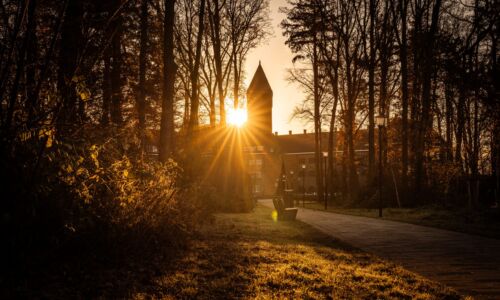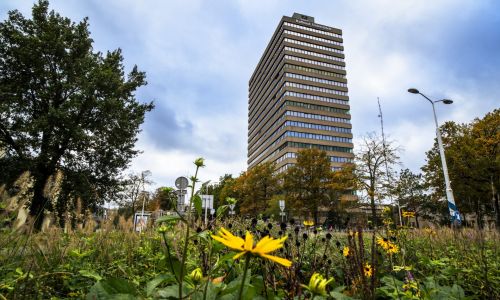The Nazis are back
-
 Antonia Leise. Photo: Dick van Aalst
Antonia Leise. Photo: Dick van Aalst
The 2020s have been very disappointing so far. Of all the possible 1920s things that we could have embraced – flappers, jazz, yes, even bob cuts – what did we get? A pandemic, massive human rights violations in the middle east, and now the Nazis. I mean. People. Come on.
Of course, the 2020s are not the 1920s – and saying that the Nazis are back is obviously not entirely correct. That statement would imply that the Nazis, at any point in time, have ever really left.
Have Nazis ceased to exist in a post-1945 world? Have other fascists? Of course not. But now, more than ever in the course of my conscious memory, they are rearing their ugly, little, racist heads all over the place.
Italy has a neo-fascist prime minister. The United States might re-elect someone who does not want to be called a fascist, but boy is Donald Trump comfortable mingling with them. And then there are the increasingly nationalist positions in the Netherlands, Britain, France – well, you name it, really.
And now, after years of growing support of the right-winged AfD in Germany, their leaders and other neo-Nazis apparently feel comfortable enough discussing mass deportations of immigrants, refugees, and German citizens who have ‘failed to integrate.’ Whatever that is supposed to mean.
‘Many German cities are built on the scar tissue of hundreds of years of violent conflicts’
Where does one go from there? Last weekend, thousands of my fellow Germans answered that question with ‘out’ – to protest. In Berlin and Hanover and Hamburg – at locations all over the country, including my hometown of Erfurt.
It’s strange opening the Guardian and seeing the crowds on the Erfurter Domplatz. For one, because Erfurt generally never makes the Guardian – or any other big newspaper. It’s a bit of a sleepy place. It’s also strange because I know that somewhere in this crowd of people are my friends whose social media stories I followed over the weekend, who have been actively protesting against the AfD for years. And finally, it’s strange because of the Domplatz itself.
The Domplatz in Erfurt used to be smaller. Back in 1813, before an artillery fire tore down the adjunct district. It’s a place made from violence that has since seen its fair share of history – including a GDR prison (now museum) right around the corner that a crowd of citizens stormed in 1989 to prevent Stasi documents from being destroyed by the state.
The Domplatz in Erfurt, like many of the other places that protestors walked last week, is a place haunted by history. Many German cities are built on the scar tissue of hundreds of years of violent conflicts. Many European cities are too.
And watching the current developments, I do ask myself how the people discussing mass deportations and I could have walked the same plaster and come to such different conclusions of what Germany or the Netherlands or Italy or Europe in general are supposed to look like.
Read Antonia Leise's blogs here


